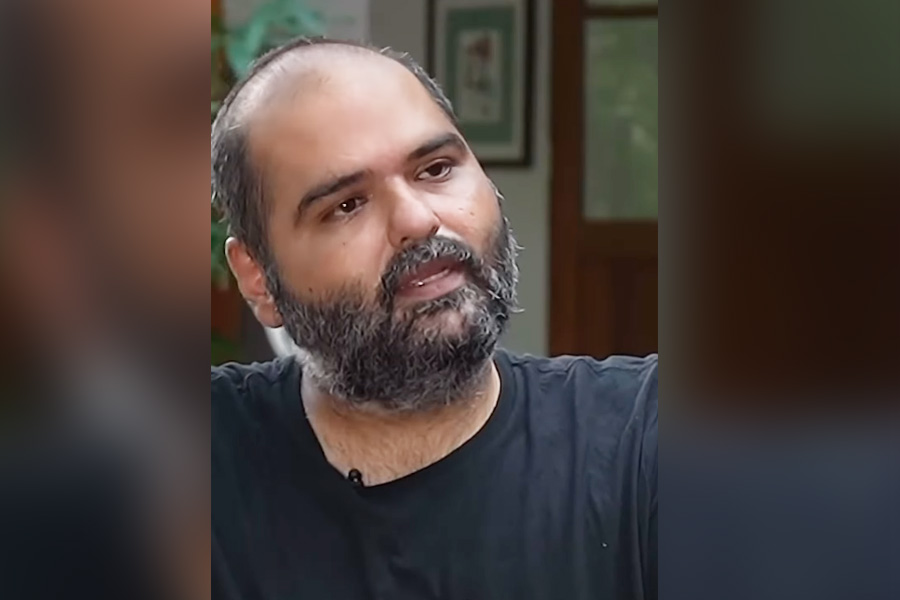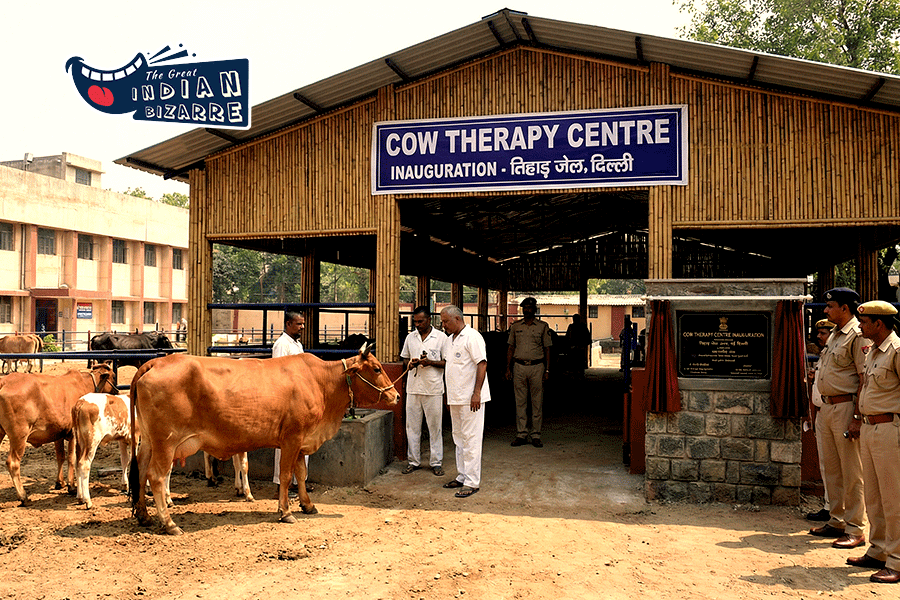A 66-year-old individual, who has been a chronic smoker, is suffering from end-stage chronic obstructive pulmonary disease (COPD). The healthcare team has indicated that he has merely a few months remaining. Nevertheless, he wishes for all family members to celebrate this festival season, as it could potentially be his last.
The challenge of breathing difficulties renders him uneasy in his residence. However, he lacks both the desire and the financial means for multiple hospital stays. Are there any other options available to him in Calcutta?
Hospice is a facility dedicated to providing care for individuals with severe illnesses during the final six months of their lives, once all curative treatments have been deemed ineffective.
Hospice is not classified as a hospital or a residence, but rather as a blend of the two. It delivers specialised care infused with the compassion and warmth typically found in a home.
Hospice differs from a palliative care unit. Management of symptoms and curative treatment can go on simultaneously in a palliative care unit. In Calcutta, the concept of a hospice does not seem to exist as in Mumbai or Delhi.
Critically ill patients, irrespective of their age, become a liability in many families. They are physically incapable, financially weak, and have nowhere to go. Serious illness and loneliness are a lethal combination.
End-stage diseases of neurological, pulmonary and cardiac origin and terminal cancer can be taken care of in a hospice.
The term hospice is derived from the Latin word hospes, meaning guest or host. A related term is hospitum, meaning a place of shelter providing hospitality.
A hospice provides comfort, care and well-being. Unnecessary invasive procedures are avoided. Care of symptoms like pain, nausea, shortness of breath, constipation, anxiety, insomnia and depression is addressed. In intensive care units, many terminal patients with no curative option undergo invasive procedures, including ventilation.
This issue requires review from a medico-legal perspective. With the gradual disintegration of joint families, there is hardly anybody to take care of serious patients at home. Most of the people are working. Additionally, many family members work outside Calcutta or reside abroad. In modern society, hospice care is essential.
The history of hospice dates back to the 19th century. The movement started in France, Ireland and the US. However, it was Dame Cicely Saunders who started the St Christopher’s Hospice in suburban London around 1967. As a nurse, social worker and physician she realised the medical, psychological and spiritual needs of dying people who felt isolated.
This establishment was the inaugural modern hospice, integrating outstanding clinical care with education and research. It offered home care, day care, as well as outpatient and inpatient services. The groundbreaking efforts of Saunders transformed the understanding of end-stage medical care. She championed the idea: “We will do all we can not only to help you die peacefully but also to live until you die.”
Saunders introduced the concept of “total pain”. Pain has physical, emotional, social and spiritual aspects. It is the total of pain that the patient experiences. All aspects must be treated. Potent analgesics like morphine can only treat the physical aspect of pain.
A comprehensive and holistic approach must be undertaken in a hospice model. Financial gain was never a motive in hospice care. In fact, many hospices struggled financially, relying on voluntary support and fundraising activities.
In India, the first hospice, Shanti Avedena Sadan, was initiated in Bandra, Mumbai, in 1980. It became fully functional in 1986. Terminally ill cancer patients were admitted free of cost.
Preference was given to the poor and needy irrespective of caste, creed or religion. The concept was to add life to days and not days to life.
Shanti Avedana Sadan was founded by Luzito J DeSouza, a surgical oncologist inspired by his visit to St Christopher’s Hospice. In the 1970s, as a young oncologist, he became aware of the anguish and despair faced by patients who were beyond cure. Consequently, DeSouza became a leader in gastrointestinal cancer surgery and continued to enhance the hospice’s services. He was pivotal in the creation of comparable units in Goa (1986) and Delhi (1994).
There are multiple phases of hospice care:
Stage 1: Routine home care. The doctors, nurses and healthcare professionals review and decide that the patient can be managed at home. Regular visits to the home are planned.
Stage 2: Continuous care. Sudden increase of symptoms requiring enhanced care. Facilities are provided at home.
Stage 3: General inpatient care. Those who cannot be managed at home. Admission becomes mandatory in a hospice facility.
Individuals admitted to a hospice facility participate in work based on their preferences to stay engaged. Rehabilitation services, including physiotherapy, are provided. Relaxation services, such as music, television, and games, are offered. Spiritual support is also made available.
The corporate hospitals of Calcutta have made huge investments in infrastructure over the past few years. Establishing hospice care facilities may not be commercially viable, but it is an invaluable contribution to society. Can a 100-bed hospice be developed in Calcutta?











